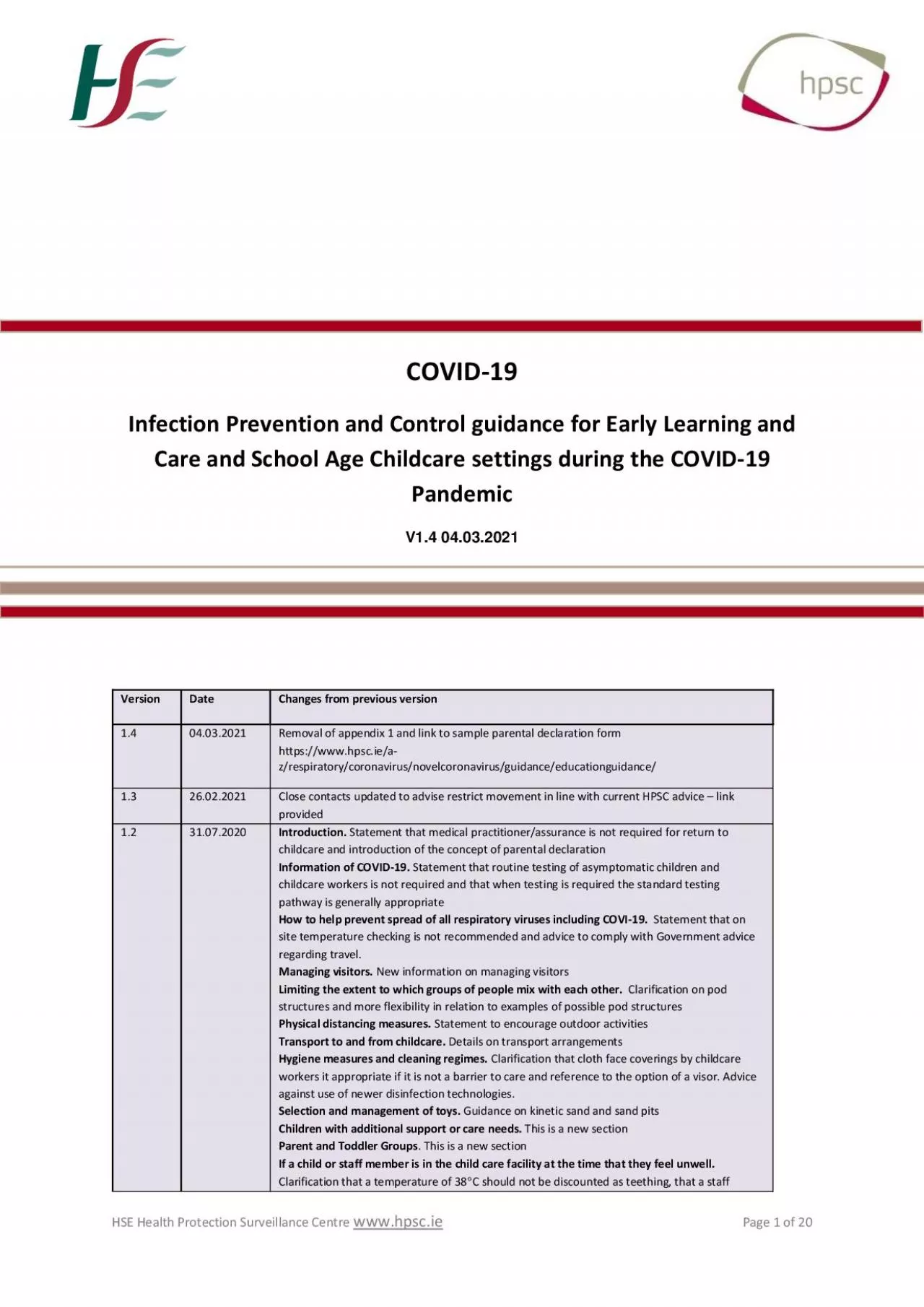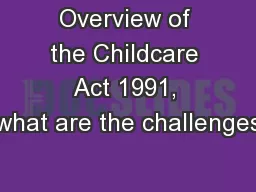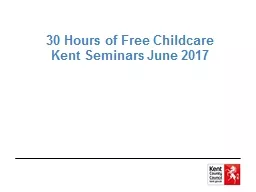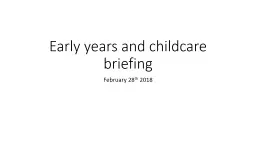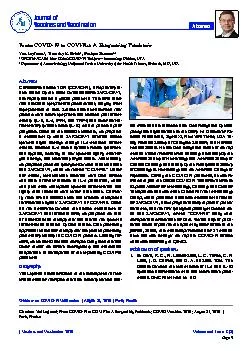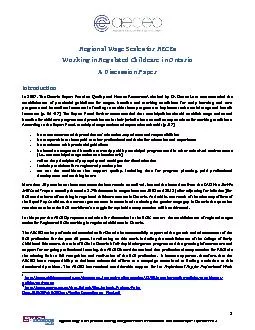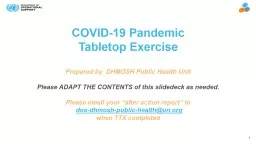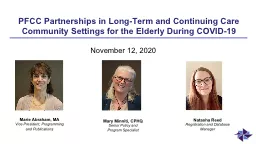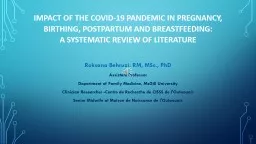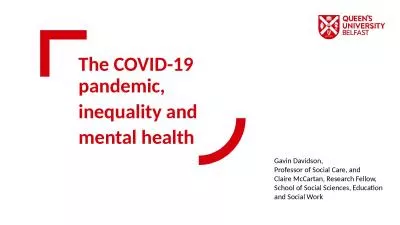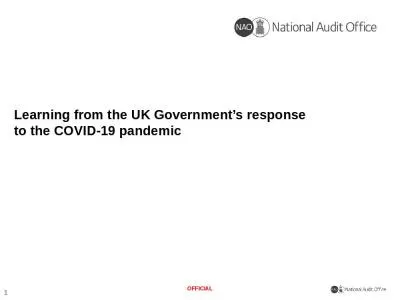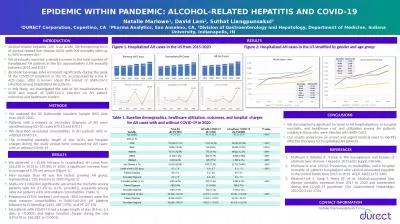PDF-Infection Prevention and Control guidance for Early Learning and Care and School Age Childcare
Author : dsmed | Published Date : 2021-03-23
It is important for parents and for those who deliver childcare to accept that no interpersonal activitybris without risk of transmission of infection at any time
Presentation Embed Code
Download Presentation
Download Presentation The PPT/PDF document "Infection Prevention and Control guidanc..." is the property of its rightful owner. Permission is granted to download and print the materials on this website for personal, non-commercial use only, and to display it on your personal computer provided you do not modify the materials and that you retain all copyright notices contained in the materials. By downloading content from our website, you accept the terms of this agreement.
Infection Prevention and Control guidance for Early Learning and Care and School Age Childcare: Transcript
Download Rules Of Document
"Infection Prevention and Control guidance for Early Learning and Care and School Age Childcare"The content belongs to its owner. You may download and print it for personal use, without modification, and keep all copyright notices. By downloading, you agree to these terms.
Related Documents

